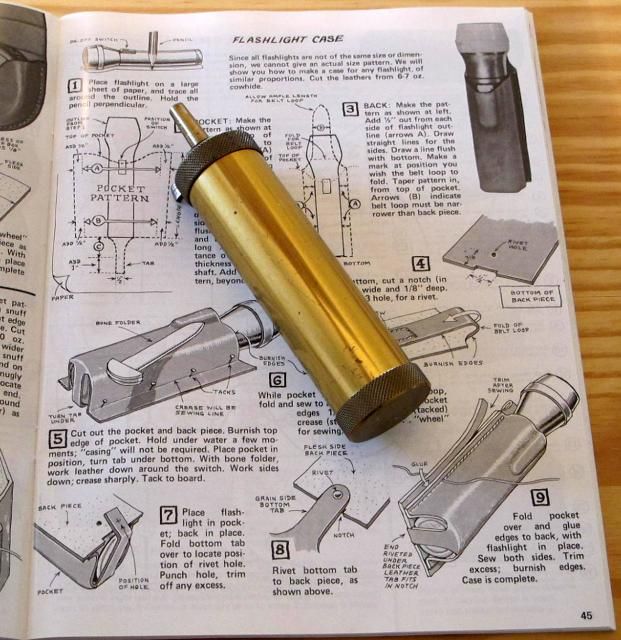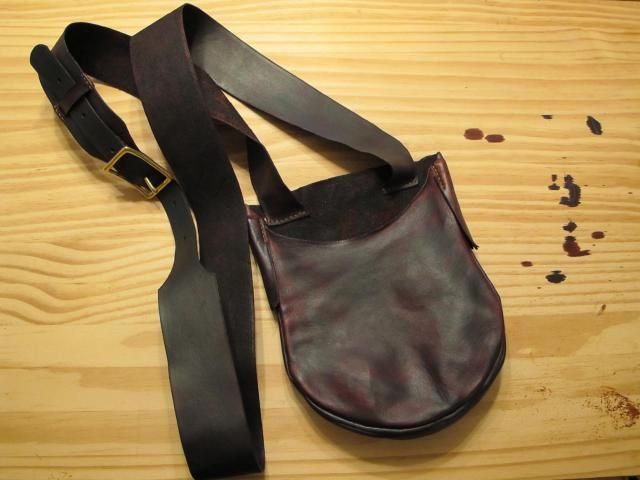Thanks for that Smo but when you view the next set of photos you may want to amend that.
IMO my wilt work does not even reach the level of fair, but I’ll soldier on from here. Maybe not wetting the 3/8 inch wilt before forming to the panels had a good deal to do with my poor wilt. Anyway, it sure will be before the next pouch is attempted.
Here are photos of the current work, warts and all...... as I ride off into the sunset with a sack over my head.
P.S. All comments are welcome and I do mean all.
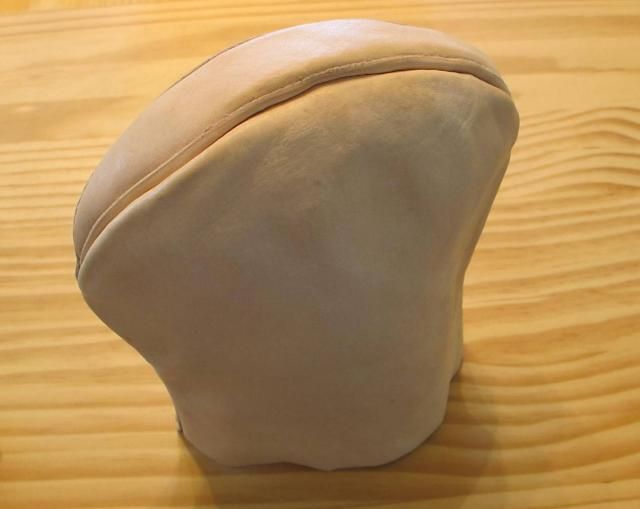
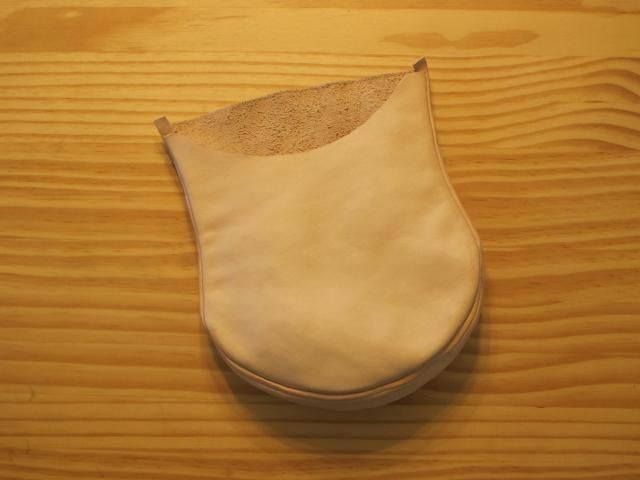
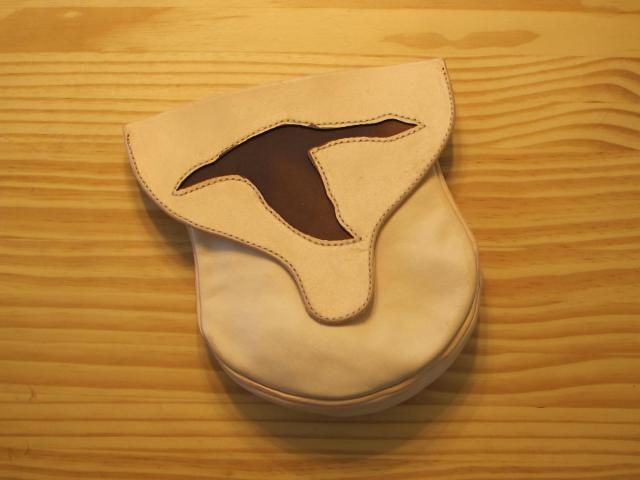
IMO my wilt work does not even reach the level of fair, but I’ll soldier on from here. Maybe not wetting the 3/8 inch wilt before forming to the panels had a good deal to do with my poor wilt. Anyway, it sure will be before the next pouch is attempted.
Here are photos of the current work, warts and all...... as I ride off into the sunset with a sack over my head.
P.S. All comments are welcome and I do mean all.







